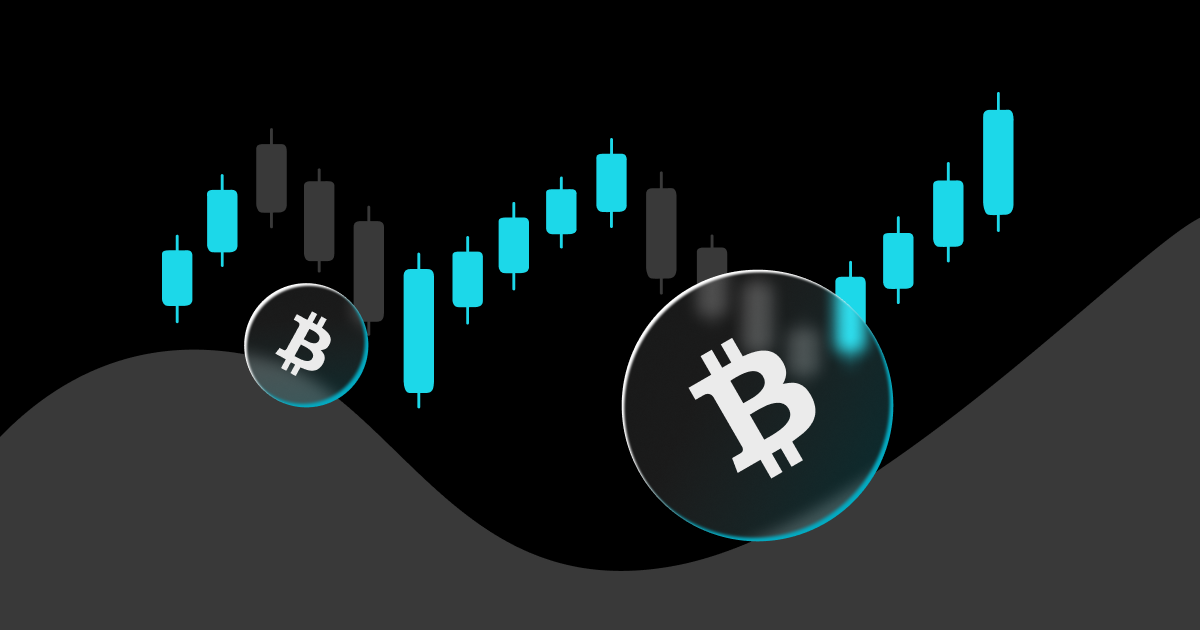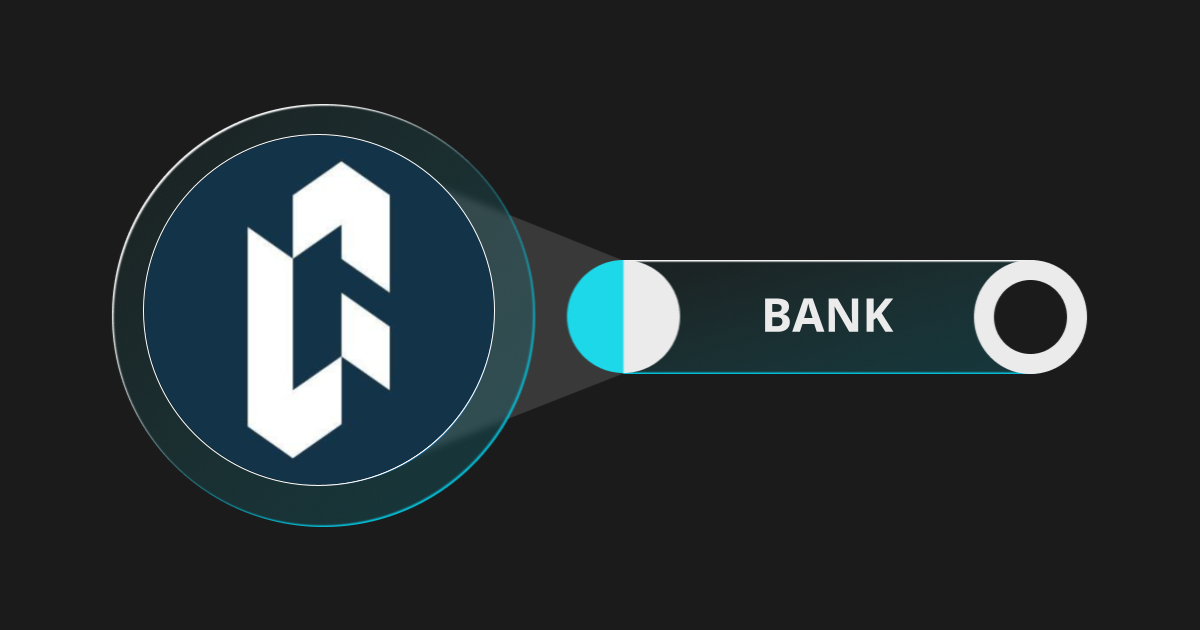
Understanding the Stock-to-Flow Model: Scarcity Drives Value
If you’re interested in Bitcoin and have come across the term "stock to flow", you’re not alone. Many investors want to understand what this model is, how it predicts Bitcoin’s future price, and whether it’s a reliable way to invest in Bitcoin. Let’s break down these questions in a simple way.
TL;DR
● The stock-to-flow model (S2F) is a way to measure Bitcoin’s scarcity by comparing the total supply to the rate of new supply.
● It suggests that as Bitcoin becomes more scarce through halving events, its price will likely increase, based on historical data.
● While many believe the stock to flow bitcoin model is a helpful guide, it’s not a crystal ball—use it together with other analysis methods for better investment decisions.
What is the Bitcoin stock to flow model?
Simply put: scarcity drives value
The stock-to-flow model (S2F) calculates scarcity by comparing Bitcoin’s circulating supply (stock) to its annual production rate (flow). Historically, this model has shown a strong correlation between Bitcoin’s scarcity and its price, with higher stock-to-flow ratios indicating greater scarcity and higher valuations.
The stock to flow bitcoin model suggests that, the rarer Bitcoin is, the more valuable it tends to be, and as new Bitcoin becomes harder to get, their price might go up.
Current stock to flow Bitcoin ratio post-2024 halving
● Bitcoin's stock to flow ratio currently is approximately 93. This makes Bitcoin significantly scarcer than gold, whose stock to flow ratio is approximately 59.
● As shown in the stock to flow Bitcoin chart, price (represented as daily end-of-day data points) has trended within ranges projected by the model, albeit with some deviations. The bright red section near 2024 signifies the immediate post-halving period, during which scarcity intensifies as new supply dwindles.

Stock to flow bitcoin chart - Source: BitBo
● The model’s projection line (yellow) often appears as a target or guide where Bitcoin's price consolidates or converges, and in 2024, Bitcoin’s price has already not only met but surpassed this projection.
● This chart as illustrated in BitBo’s projections outlines a pathway to $1 million. This stock to flow Bitcoin model ties Bitcoin’s value directly to its scarcity and therefore predicts exponential price increases following halving cycles. The 2024 halving has already doubled Bitcoin’s stock-to-flow ratio to 120, surpassing gold’s scarcity levels. If historical patterns hold, Bitcoin’s price could reach $1 million in 2030 by the latest.
How does the stock to flow Bitcoin predict Bitcoin's price?
The stock to flow bitcoin model looks at historical data to see how Bitcoin’s scarcity has impacted its price in the past. When Bitcoin undergoes halving events—where the reward for mining new Bitcoin is cut in half—the flow decreases, making Bitcoin more scarce. Historically, after these halving events, Bitcoin’s price has tended to rise, according to the stock to flow model.
Many investors use this model to forecast future Bitcoin prices based on its increasing stock-to-flow ratio. The underlying idea is that, as Bitcoin becomes more scarce, its price should go up, making stock to flow a popular tool for long-term analysis.
Note: No model, nothing or no one can guarantee what will happen in the future — The stock to flow model’s more like a trend analysis based on past data. Market dynamics can change due to many factors beyond scarcity alone.
Is the stock-to-flow model a reliable indicator for Bitcoin investors?
Well, the answer isn’t black or white. Some investors find the stock to flow bitcoin model useful because it captures Bitcoin’s scarcity and how it might drive the price upward over time. Others are skeptical because:
● The model is based on past data, and with a volatility market like crypto, things are hard to predict.
● Not everyone believes scarcity alone determines Bitcoin’s price.
● Other factors like regulations, market sentiment, or technological changes also impact Bitcoin.
To sum up, understanding the stock to flow bitcoin model helps you grasp why many investors see Bitcoin’s scarcity as a key factor in its long-term value, but it should be used alongside other analysis tools and not relied on solely for making investment decisions. Stay informed and always do thorough research!
Related guides on Bitcoin investing:
Predictions and Valuation Insights: $100K, $1M, $3M
Top 5 Bitcoin’s Valuation Models
What Is the Bitcoin Rainbow Chart and How to Use It?
Disclaimer: The opinions expressed in this article are for informational purposes only. This article does not constitute an endorsement of any of the products and services discussed or investment, financial, or trading advice. Qualified professionals should be consulted prior to making financial decisions.
- Lorenzo (BANK): Making Bitcoin Work Smarter2025-04-21 | 5m



